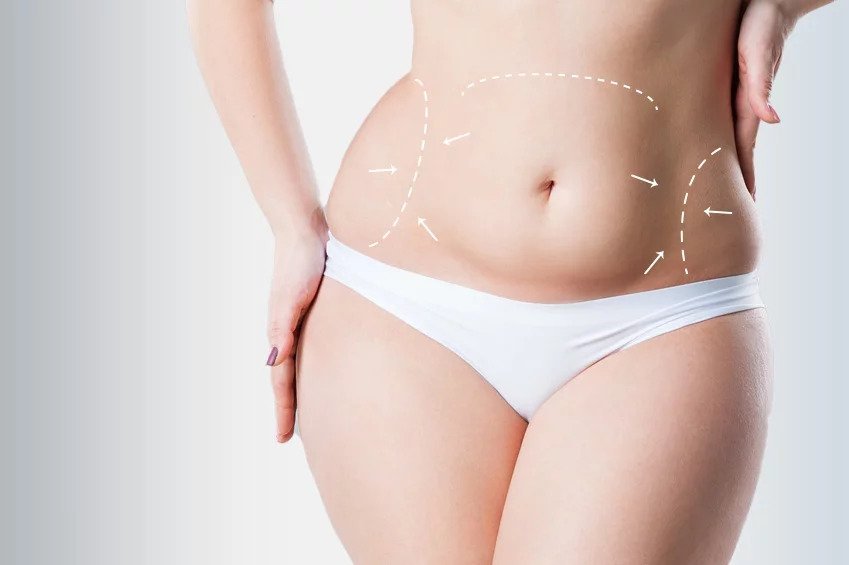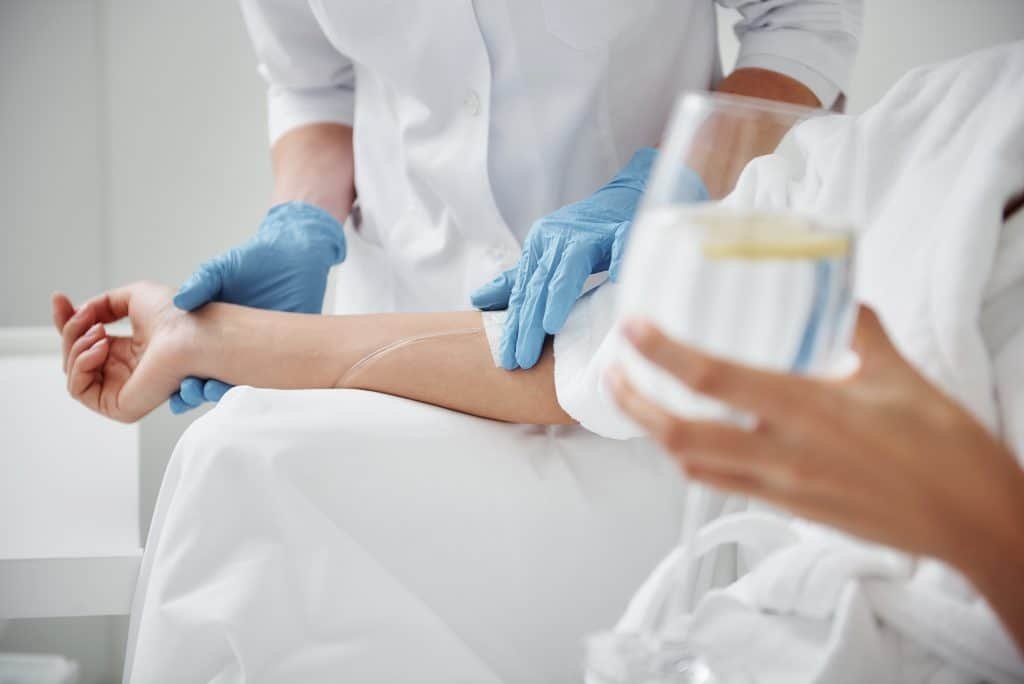From diagnosis to recovery following pilonidal cyst surgery, this article offers a firsthand story of handling a pilonidal cyst. Emphasizing patient care and professional advice all through, it addresses the surgical process, recuperation steps, and strategies to avoid future recurrences.”
Living with a pilonidal cyst can be very challenging both physically and emotionally. Being a team privileged to serve almost anyone with this problem, we understand how vitally important it is to find the correct road from diagnosis to recovery. This will present a personal journey by providing an understanding of what one might expect from that initial moment of diagnosis with a pilonidal cyst to recuperation following pilonidal cyst excision surgery.
1. Diagnosis: Understanding the Condition
Usually located at the top of the buttocks, a pilonidal cyst first shows up as a little lump or swelling around the tailbone. For most people, it can be written off as nothing more than a bump unless it gets painful or infected. That is the area needing medical treatment. Our experience shows early diagnosis stops additional difficulties.
The diagnosis will be based on an evaluation of the cyst’s degree and a physical examination by your doctor. In case of an infection, he or she might first start the treatment process with antibiotics or drainage. These are, nevertheless, for less severe disorders. Surgery of pilonidal cyst excision could be advised when the cases are recurrent or severe.

Read more about Know about pilonidal cyst excision surgery and incision surgery
2. Things You Should Know About Pilonidal Cyst Surgery
For most people especially those with recurrent infections excision surgery is regarded as the most efficient and best approach to treat pilonidal cysts. It also goes as the excision surgery pilonidal cyst. Under this kind of treatment, the doctor eliminates all the cysts and contaminated tissue.
According to seasoned experts, the last choice to have surgery should be taken when all other possibilities are addressed with the physician. Though it can be intimidating to consider, surgery is usually the best long-term fix. Before deciding on such a course of action, our staff strives to make sure you are as informed and ready as might be. Talk to your doctor about benefits, dangers, and recovery times. Above all, let yourself feel at ease both with your surgeon and with the suggested course of action for your therapy.

3. Excision in Surgery
Usually done outpatient, the excision of pilonidal cyst surgery allows one to go home the same day. Depending on the degree of your cyst and also the doctor’s recommendation, the surgery could be general or local anesthetic.
The surgery proceeds as follows:
- The surgeon cuts to eliminate the cyst together with some surrounding tissue.
- Once the cyst has been removed, it is either closed with sutures-closed excision or left open to heal on its excision.
- Should it be necessary to help remove extra fluid and reduce the risk of infection, a drain could be established.
Although the operation itself is usually simple, much of the attention now goes to recuperation, which is mostly related to the general healing process.
4. After Excision Surgery of a Pilonidal Cyst
The period required for the recovery process may vary from individual to individual. Still, if given sufficient care, the outcomes are usually really good. Following pilonidal cyst excision surgery recovery phase of recuperation consists of the below key steps:
Key Steps in Recovery:
I. Wound Care
Whether your wound has been closed or left open, your doctor will give you particular directions on how to dress and clean it. Maintaining a clean and dry wound will help to ward against infection.
II. Pain Management
Light discomfort following surgery is tolerable for pain management. Usually, over-the-counter painkillers will be sufficient; but, occasionally your doctor will write strong prescriptions and you should follow her advice.
III. Follow-Up Appointments
These appointments serve to evaluate the healing progress. The doctor will also review the wound, remove stitches if needed, and answer your questions during this session.
IV. Activity Restrictions
For the first several weeks following surgery, steer clear of heavy lifting, lengthy stretches of sitting, or intense exercise. Spend some time relaxing and let your body repair so it may bounce back faster.
V. Diet and Hydration
Good hydration and a healthy diet could help one heal more effectively from the procedure. A good diet enables your body to fight off infections and heal fast.
Most people can resume their regular activities within two to four weeks; but, especially if the skin was permitted to heal naturally, it could be several more months before the incision heals completely. Regarding returning to work and picking up regular activities like exercise, your doctor will counsel you.
Read more about Clothing for Pilonidal Patients after Surgery
5. Recurrence Prevention
After surgery, probably the most important issue is how to stop the cyst from recurrences. Although there are some steps you may take to lower the risk even further, pilonidal cyst surgery greatly lowers the likelihood of recurrence.
I. Keep the Area Clean
To prevent recurrence, keep the area clean. Future cysts can be avoided in great part with good cleanliness. Regular cleaning and avoiding too much moisture for too long help to reduce the risk of cyst development.
II. Hair Removal
Eliminating ingrown hair around the area will be a good countermeasure against recurrences since it is a common cause of pilonidal cyst growth. See your doctor about the most practical choice: laser hair removal or shaving.
III. Maintain a Healthy Weight
Keeping the extra weight will just press the area around the tailbone more forcefully, thereby promoting cyst development in that area. Maintaining a good weight will help to stop future events.
IV. Avoid Prolonged Sitting:
If your lifestyle requires you to sit for a longer duration, allow yourself a break to stand and walk to relieve pressure on your tailbone area and lower back.
Conclusion
Our trip around the pilonidal cyst surgery has shown us that the road to recovery is not simple and calls for both patience and dedication with appropriate treatment. Finding a qualified surgeon, knowing the operation, and carrying out and monitoring required actions during recuperation could be the secret to a very effective outcome of the ailment.
By being able to take specific actions in preventative care and acting proactively following surgery, you can avoid recurrences that impede a smooth and speedier healing process. Pilonidal Experts will be pleased to help you at every stage of the way to ensure you get the best treatment on your pilonidal cyst path.
















Leave a Reply